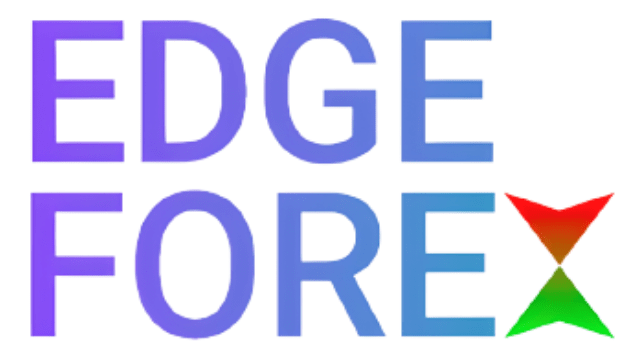Introduction
For individuals interested in forex trading, it’s important to understand the difference between demo and live forex trading. In this blog post, we will explore the distinctions between these two types of trading and help you make an informed decision about which one suits your needs.
1. Demo Forex Trading
Demo forex trading, also known as paper trading, involves using a simulated trading environment to practice trading strategies and gain familiarity with the platform. Here are some key aspects of demo trading:
No Real Money Involved
In a demo account, you trade with virtual money provided by the broker. This allows you to experience the forex market without risking your own capital. It’s a great way for beginners to learn the ropes and develop their trading skills.
Simulated Market Conditions
The demo account replicates the real market conditions, providing access to real-time price feeds and market data. This allows you to test various trading strategies, analyze charts, and understand how different factors impact currency pairs.
No Emotional Impact
Since demo trading does not involve real money, there is no emotional impact on your trading decisions. This allows you to experiment, make mistakes, and learn from them without the fear of financial loss.
2. Live Forex Trading
Live forex trading involves trading with real money in the live market. Here are some key aspects of live trading:
Real Money at Stake
In live trading, you use your own capital to execute trades. This means that your profits and losses are real. It requires a higher level of discipline and risk management compared to demo trading.
Emotional Impact
With real money on the line, live trading can evoke emotions such as fear, greed, and excitement. It’s essential to control your emotions and stick to your trading plan to make rational decisions.
Market Liquidity
In live trading, you are participating in the actual forex market, which is influenced by various factors such as economic news, geopolitical events, and market sentiment. This can result in price fluctuations and different trading conditions compared to the demo environment.
Conclusion
Both demo and live forex trading have their own advantages and purposes. Demo trading allows you to practice and develop your skills in a risk-free environment, while live trading involves real money and exposes you to the actual market conditions. It’s recommended to start with demo trading to gain experience and confidence before transitioning to live trading. Whichever option you choose, always remember to approach forex trading with caution, educate yourself, and continuously improve your trading strategies.

